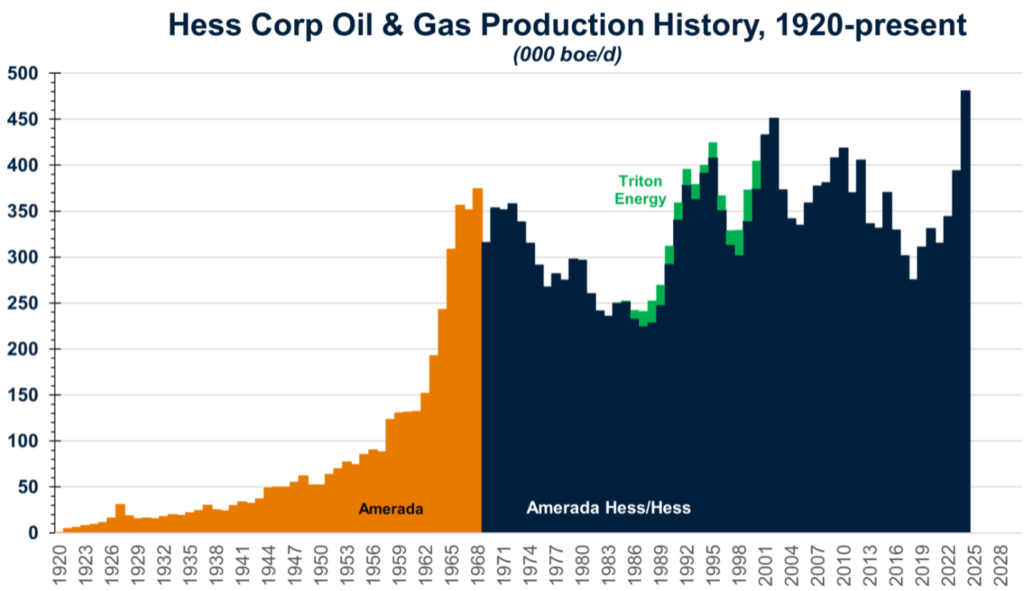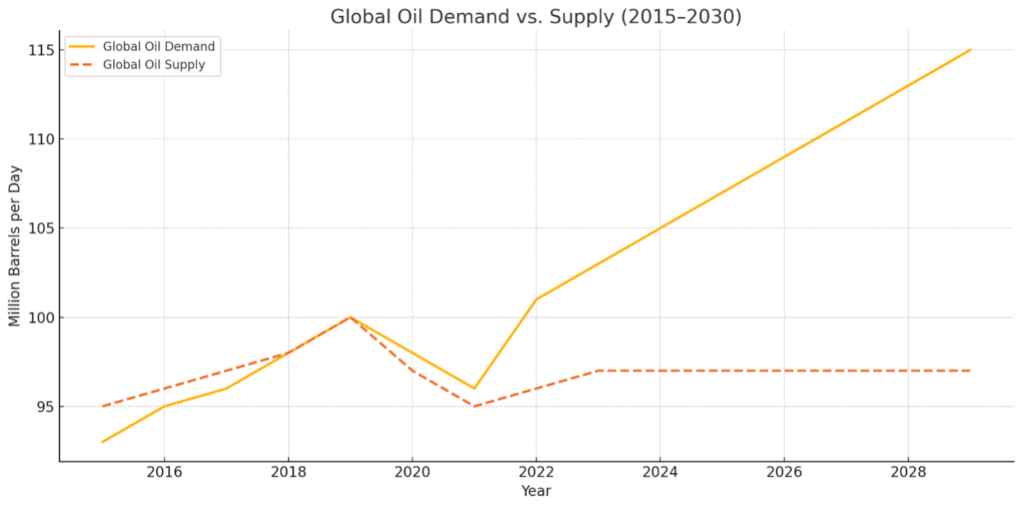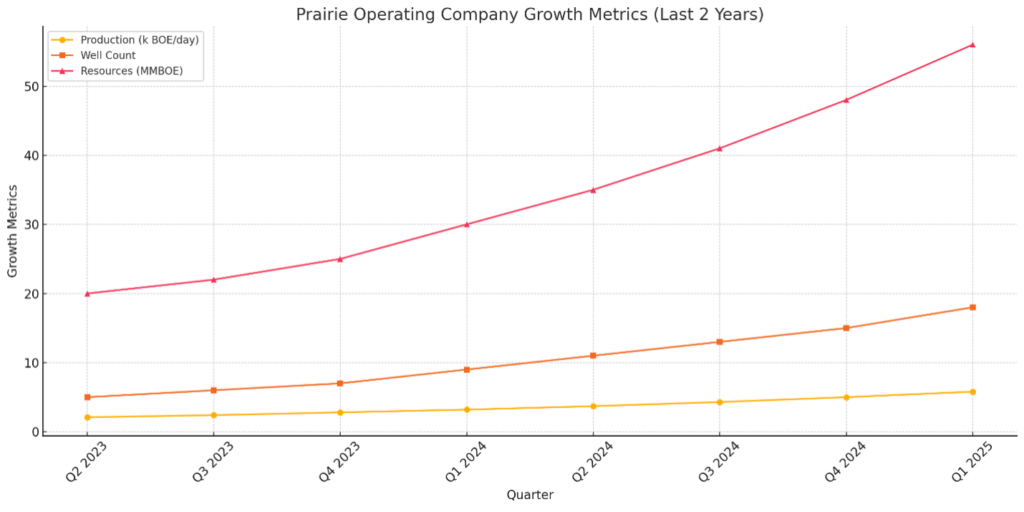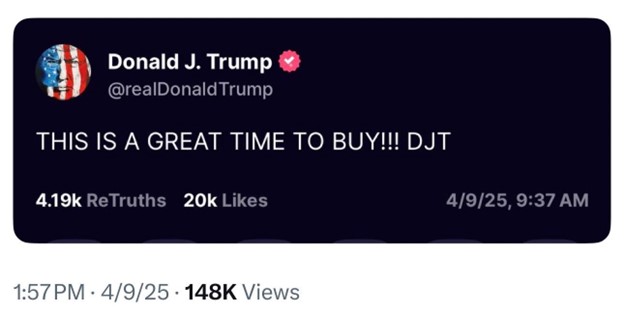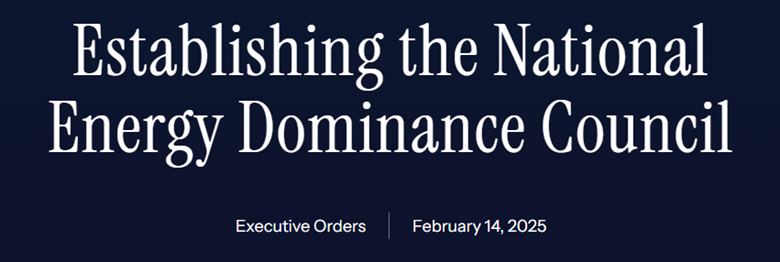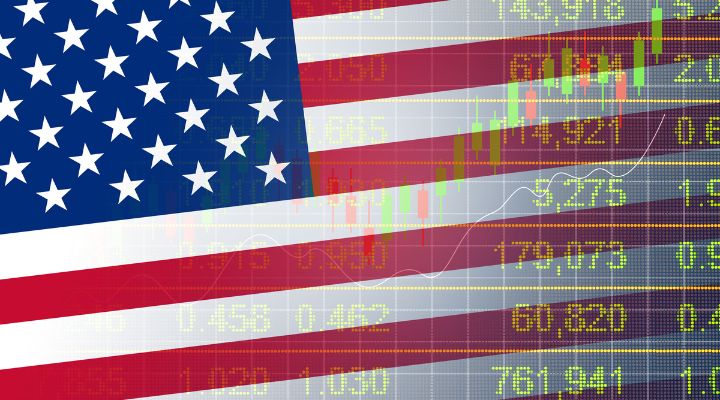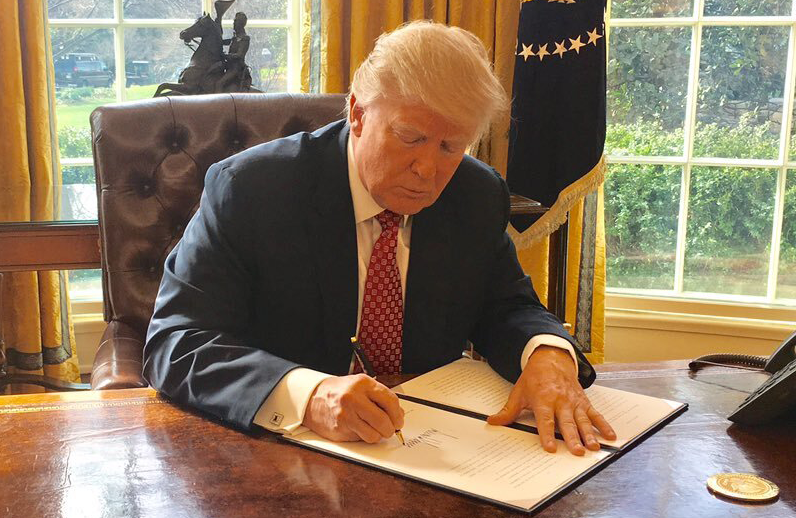You don’t need to be a cybersecurity expert to feel it in the air…
The internet has become a battlefield. Not just for ideas, memes, and conspiracy theories—but for serious cyberwarfare.
And we’re not talking about the old “Nigerian prince” scam or your grandma’s stolen Facebook password here, either.
We’re talking about high-stakes hacks, AI-powered ransomware, and data breaches so massive they make headlines on the nightly news.
And if it feels like these attacks are happening more often lately, that’s because they are…
When Cybercriminals Get an AI Upgrade
In the past, cybercriminals needed deep technical expertise, time, and a lot of trial and error to pull off major hacks. They even made hit movies about how intricate the process and how tech savvy the hackers were.
But with the rise of artificial intelligence, that barrier has dropped like a lead weight…
AI can now help hackers scan for weaknesses faster, automate attacks more quickly, create ultra-realistic phishing emails, and even mimic the voices of corporate executives to authorize fraudulent transactions.
It’s like handing a bazooka to a street mugger.
AI tools are being used to generate malware that adapts on the fly, making it harder for traditional antivirus software to detect.
And they’re currently being used to analyze security systems in real-time and pinpoint vulnerabilities that can then be exploited immediately.
This isn’t some sci-fi plot—it’s the real-world threat environment facing businesses, governments, and individuals every day.
And the stakes are enormous…
The Attacks Keep Coming
Just ask the Texas Department of Transportation:
In May 2025, it was hit by a data breach that exposed over 300,000 crash reports.
These documents included driver license numbers, addresses, and other personal information.
So, if you’ve ever filed a car accident report in Texas, there’s a good chance your data ended up in the hands of someone who doesn’t have your best interests at heart.
Or take the recent attack on Columbia University in June 2025…
A hacktivist group breached the school’s servers and stole personal information—like Social Security numbers, citizenship status, and even academic records—from about 2.5 million students, applicants, and staff.
The motivation? A political statement.
The result? A mess of identity theft, regulatory scrutiny, and damaged reputations.
And earlier this year, in one of the most disruptive retail attacks in recent memory, hackers took down retailer Marks & Spencer’s online operations in the U.S.
The attack, allegedly carried out by the Scattered Spider group, left the company offline for weeks and cost them an estimated $400 million in lost profits.
That’s not just a hiccup—that’s a corporate heart attack.
A Boom for the Digital Bodyguards
And the thing is that for every one of these high-profile breaches, there are thousands more that don’t make headlines…
Hospitals, schools, police departments, and even small businesses are all being targeted.
And they’re being held hostage—literally—by ransomware that demands millions in cryptocurrency to unlock vital systems.
But here’s where things get interesting for investors…
As the threat of cyberwarfare grows, so does the need for digital defense.
Companies, government agencies, and even individuals are funneling more money than ever into cybersecurity.
They’re scrambling to upgrade their systems, hire experts, and implement next-generation protection powered by AI itself.
It’s an arms race—and the cybersecurity companies supplying the defenses are in position to collect a king’s ransom.
We’re talking about firms building tools that detect and stop ransomware in real-time…
Teams that track hacker groups across the dark web…
Developers working on secure cloud infrastructure that’s hardened against even the most sophisticated AI threats…
This isn’t just tech—it’s the digital equivalent of defense contracting.
And with each new breach, demand goes up.
Why the Future of Investing Is in Cyberwarfare
Let’s face it: thanks to rapid advances in AI, we’re living in a world where hackers are evolving faster than most companies can keep up.
But every time a major breach happens, it’s a wake-up call. And every wake-up call triggers a surge in cybersecurity spending.
That spending turns into revenue. That revenue turns into earnings. And those earnings?
They can turn into very real, very large profits for investors who get in early.
The bottom line here is that cybersecurity is no longer just an IT department line item—it’s a mission-critical investment.
And the companies on the front lines of this new war? They’re not just protecting data. They’re shaping the future of the digital economy.
So, if you’re looking for the next big thing—the kind of sector that’s going to grow no matter what happens to interest rates, oil prices, or the stock market in general— you just found it.
Cybersecurity isn’t optional anymore. It’s essential. And the businesses providing that protection are about to become household names, if they aren’t already.
Your Move
The threats are growing faster than ever. The hackers are smarter than ever. And the stakes are higher than ever…
But in every crisis, there’s opportunity—and this one’s no different.
The world needs digital defenders, and the companies stepping up to the plate are poised to reap the rewards.
Now’s the time to start digging…
Look into the cybersecurity sector.
Research the companies developing next-gen solutions.
Follow the money flowing into this space…
Because in a world of digital chaos, the businesses keeping the lights on—and the data safe—are going to shine the brightest.
Start your research now. Cyberwarfare isn’t coming—it’s already here.





